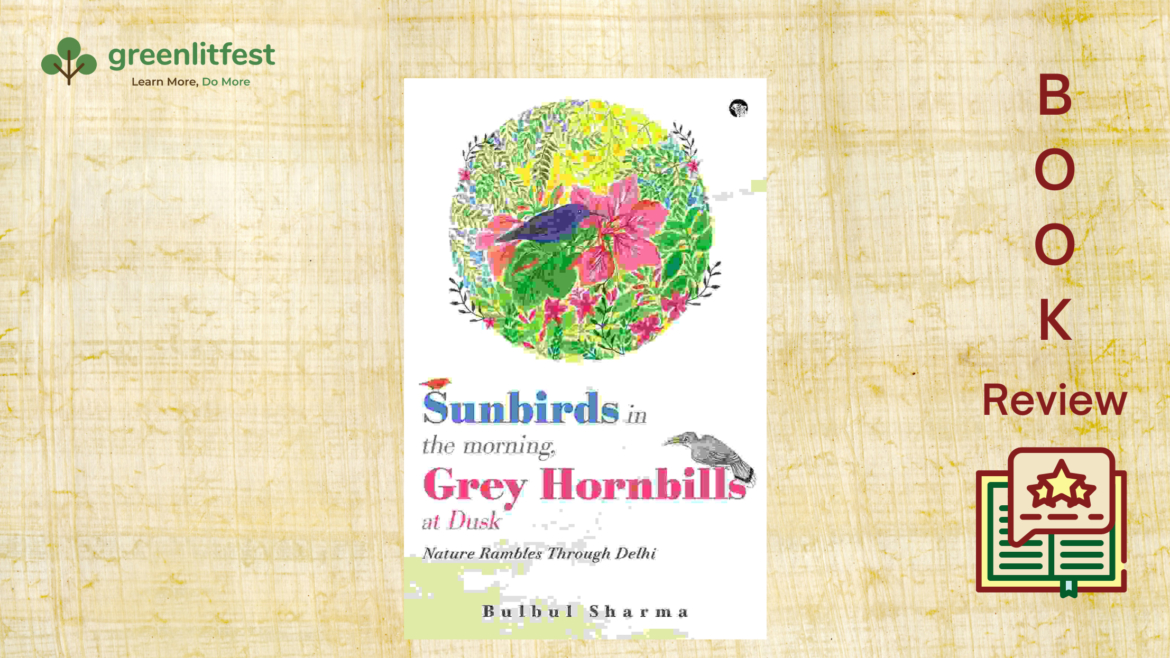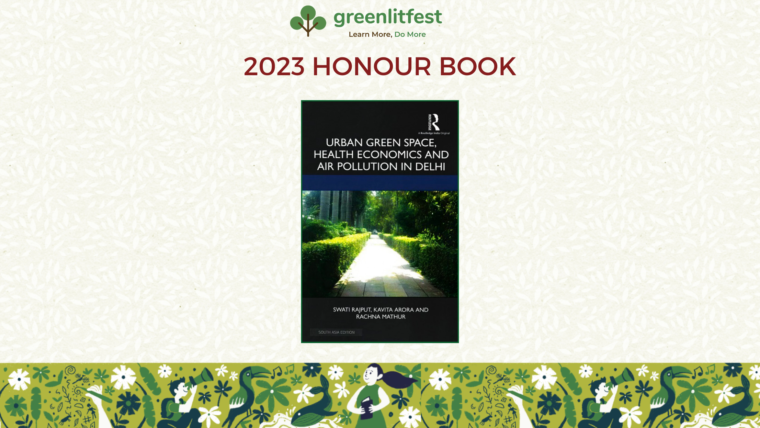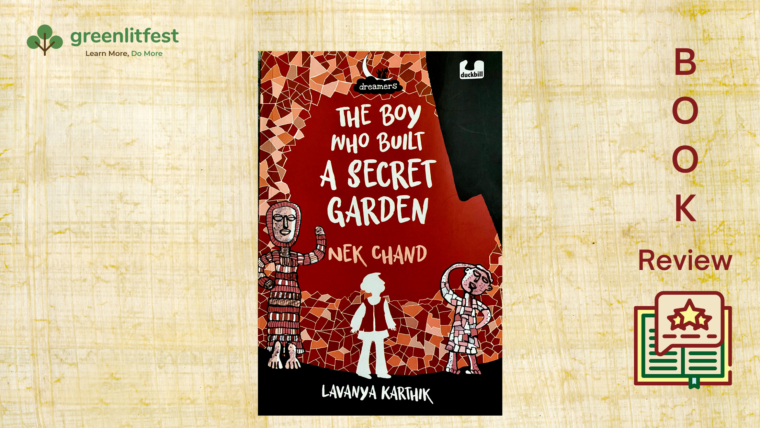Author: Kalpana Manivannan
With the unprecedented rise in urbanisation, the need to create and preserve green spaces is becoming crucial. These spaces help bridge the growing gap between humans and nature and ensure that other species co-exist in harmony without losing their habitat.
Sunbirds in the Morning, Grey Hornbills at Dusk is a birdwatcher’s delight and an informative read for any nature lover. It meanders through the lanes and by-lanes of Delhi at a leisurely pace with the sole purpose of spotting the elusive birds. It demands the reader to slow down, to give it time and savour thoroughly, relishing every word.
The book is an anecdotal account of the author’s encounter with the birds in her city. It is divided into four sections according to the four seasons, marking the distinction in the types of birds, their migratory needs, food preferences, nesting habits and even their temperaments. The writer’s attention to detail is astounding, and it’s easy to see that Bulbul has spent a lifetime watching each of these species intimately.
The anthropomorphism of birds and other creatures is done beautifully with large doses of humour. The conversation among the migratory birds that have made their journey back to their homeland is endearing. Back home they soon settle down and after exchanging a few travel stories of lost baggage and bargain-buys and Delhi-bellies, they start thinking about starting a family
The winter season has an account of the migratory ducks and geese that have travelled thousands of miles, flying over the Himalayas at heights of 3000 to 5000 metres. How these birds find their way year after year to their winter feeding grounds perplexes even ornithologists. Migration is arduous and dangerous and yet these birds make the trip across the globe twice a year! This should be reason enough for us humans to surrender to the intelligence and perseverance of our co-inhabitants.
Bulbul Sharma writes about the purple sunbirds, golden oriole, baya weaver, black drongo and many more species, sometimes diving deep into their personal nature, characteristics and moods. A particular species of Patridge, the chukor, is a favourite among poets and painters because it symbolises a lonely, love-sick lover pining for his or her beloved. These intricacies add some flavour to the narration.
Her account of migratory birds takes the readers to Rann of Kutch in Gujarat and Keoladeo Ghana National park in Bharatpur, Rajasthan, and other places. In Delhi, she talks fondly about the Lodi Garden and Sultanpur lake as her favourite birdwatching places.
Instances where the writer predicts the arrival of monsoon with utmost confidence as soon as she spots the pied-crested cuckoo, the bird she calls the harbinger of the season, spotlights her prowess as a seasoned bird-watcher. Bulbul’s misadventures during her birdwatching sessions are filled with wit. The prose is woven beautifully, and the lyrical flow of sentences describing nature adds edge to the narration.
The writer cleverly integrates art and literature into her narrative. She gives readers information about how certain birds, flowers and leaves became a muse to the painters in the past, giving an example of the Kangra miniature paintings. The infusion of cultural elements through food is especially interesting and by writing about the journey of some of the flowers and buds into our plates in curries and pickles, Bulbul sheds light on the interconnectedness between the plant world and humans.
As a natural farmer, I was delighted to read about the author’s preference for an unkempt, haphazardly planted English cottage-style garden instead of a neat, military-like row of planting. The little observations about Lodi Garden being untouched and left in its natural state and not being ‘beautified’ by the horticulture department are worth mentioning.
Bulbul earnestly writes about discussing the environment with children. She mentions the moderation that adults have to practice as it may easily overwhelm young minds. From my experience in working with children, I have often noticed this, but the moderation aspect of environmental awareness is never addressed.
There is a fascinating mythological tale about the Sun God and his wife Sanjana, who unable to bear his fierce rays, devises a plan of escape. Many such references sprinkled across the book keep the narration gripping. Bulbul has weaved in bits of mythology, history, folklore, references from ancient texts, literature and poems, quotes and writings of famous poets and writers, like Kalidas, Rabindranath Tagore, Kipling and several others. From Ramayana and Geet Govind to Alice in Wonderland and Winds of the Willow, she brings in perspectives about the birds by writers from varying times. She seamlessly incorporates mythological tales of gods and goddesses, emphasising the sacred relevance of certain trees and flowers, and ties all of these fragments beautifully.
Our bond with the natural world is closely tied to our well-being, and we are slowly and painfully realising this. Birds have lived in close proximity to humans and are ambassadors of earth’s wellness. Learning and understanding our surroundings is definitely the need of the hour, and this book offers a gateway to start building that connection.
Kalpana Manivannan is the founder and CEO of Kalpavriksha Farms and the author of Farmer Sutra: The True Story of How a City Dweller Realised her Farm Dream. Her work has been featured in leading newspapers like The New Indian Express, Times Of India, Deccan Chronicle, DTNxt and several online portals like The Better India, Climate Tracker, SheThePeople, and many more.



